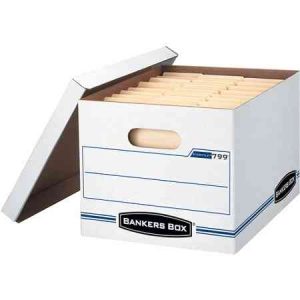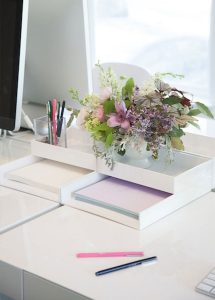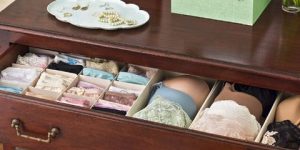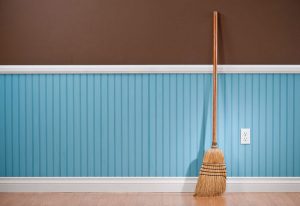Before you read any further, know that I’m not bringing anything new and sexy to the table. Oh no, in fact, I’m talking about something your grandfather likely used to stay organized. Bankers boxes are a bit ‘blah’, but they pack a mighty punch when it comes to keeping a home or office organized.
I have been using them a lot with my clients. I love them because they are easy to put together, and they collapse when you are done with them. Simply fold them back up and save them for another day! These arrive with covers, thus stacking boxes is a major plus when it comes down to maximizing space.
I recently used a set of bankers boxes to help with swapping winter for summer clothes at a client’s home. She has a cedar closet where we store her off-season clothes and the closet is on another floor. I simply loaded everything in these boxes, and it made for fewer trips up and down the stairs.
I have also used these when helping clients declutter a room. We set up the boxes for a specific collection purpose such as donate, recycle, or go to another room. Then, when we are ready to distribute the items, it is faster to grab the box and go bring them to their proper room or ‘home’.
When a client is moving, I have used these to pack up photos and books. The great thing about the banker box is that they have punched in handles on both sides to make it easy to carry. Their size is perfect for books as they can’t get too heavy, and again, having the covers speeds up the process by not having to tape the boxes shut.
If you wanted to keep these boxes out in the open and use them for permanent storage, you can do that as well! I’ve seen people wrap these with colorful or patterned paper, and voila, you have storage that’s both functional and aesthetically pleasing. Worth noting, you can by boxes that look like bankers boxes at Ikea or Target, that appear to be more refined and prettier, however these boxes don’t easily break down, and should be used more for permanent storage solutions.
Do you have bankers boxes at home? If so, what have you used them for?
Photo: Walmart

 Join My Email List
Join My Email List









